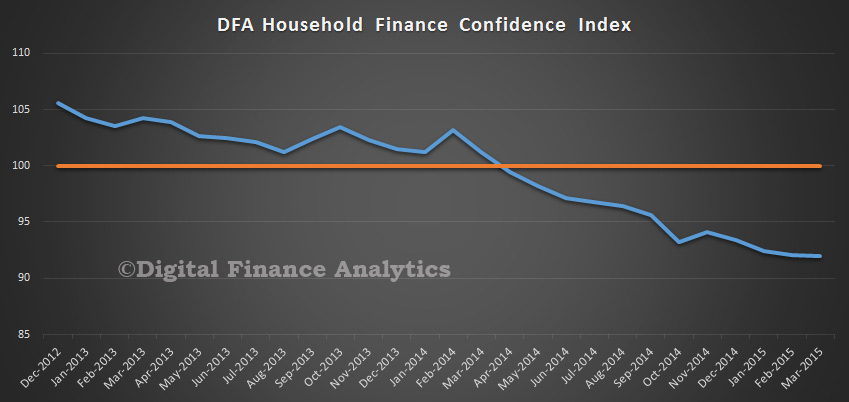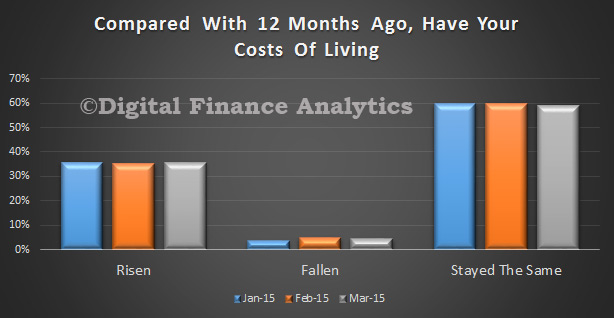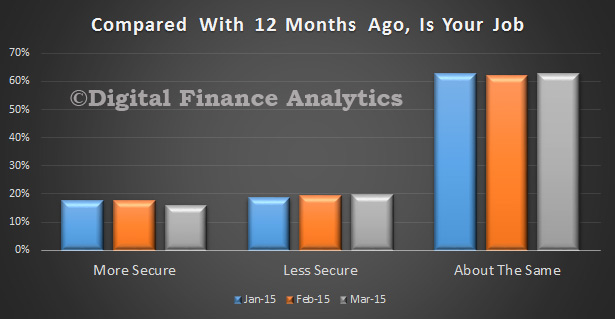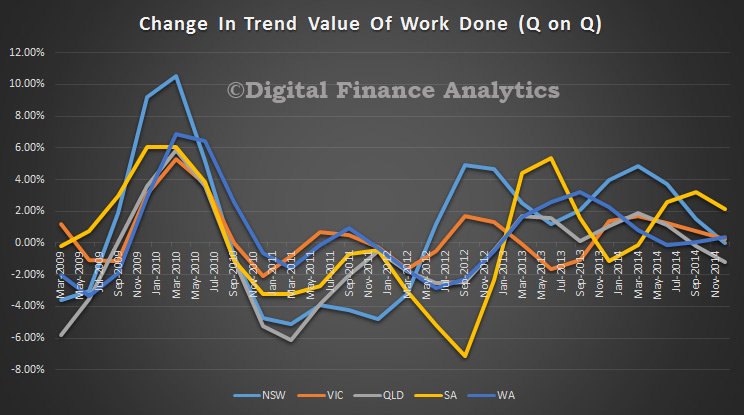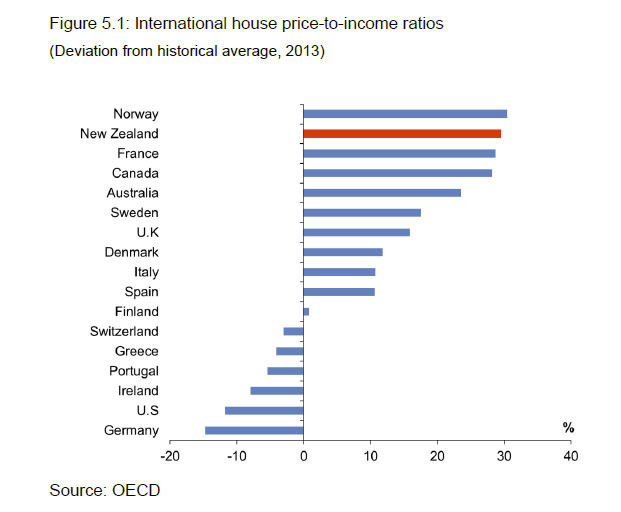Fitch Ratings says Chinese banks’ 2014 results indicate their earnings remain under pressure and the agency does not expect meaningful improvement in the current year. The banks’ earnings will be challenged by deteriorating asset quality and net interest margins (NIM) that in 2015 will further feel the effects of stiff competition for deposits and on-going deregulation of deposit rates – the latter being especially true for mid-tier banks.
For Fitch-rated Chinese banks that have reported results for 2014, their revenue grew by 13.1%, but net profit only rose by 7.2% due to higher loan provisioning. State banks reported stable, if not slightly higher, NIMs, reflecting efforts to shift towards loans with higher yield, such as micro and small-business loans, and lower-cost funding sources like core deposits. In contrast, the mid-tier banks’ NIMs were under pressure, which they tried to offset by expanding non-interest income.
Fitch estimates the rated banks’ new NPL formation rate accelerated to 0.85% in 2014 from 0.42% a year earlier, as they continued to expand loans and assets. In 2014, loans increased 11.4% and assets expanded 10.6% on average across Fitch’s rated portfolio, with mid-tier banks speeding ahead with asset growth of 16.6%, compared with the state banks’ 9.0%. Fitch views the system’s pace of credit growth as unsustainable, with the banks already being highly leveraged by emerging market standards.
With slower economic growth, all Chinese banks reported further increases in NPLs, special mention loans and overdue loans in 2014, even as more bad loans were written off and/or disposed. The reported system NPL ratio was 1.25% at end-2014 (up from 1.0% at end-2013) while the provision coverage ratio was 232%. However, most mid-tier banks reported NPL ratios of 1.02%-1.3% and provision coverage ratios around 180%-200%. The Viability Ratings on Chinese banks range between ‘bb’ and ‘b’, reflecting, among other things, Fitch’s expectation that slower economic growth could weaken borrowers’ repayment ability and drive further deterioration in asset quality, the pressure on banks from high leverage, and their potential exposure to liquidity events.
Fitch believes the health of credit quality remains overstated across the banking system. Banks with lower provision coverage will face greater pressure to dispose their NPLs in 2015 in order to meet the requirement to maintain a minimum 150% provision coverage ratio.
Although banks have been shoring up capital, their capital positions are unlikely to improve meaningfully as long as their loans and assets keep expanding at the current pace. Banks that adopted revised capital calculations raised their core tier 1 capital ratios by 92-154bps, except Agricultural Bank of China, whose core tier 1 capital ratio fell by 16bp. The mid-tier banks’ core tier 1 remained largely unchanged. The banks’ tier 1 and total capital ratios were also lifted by the issuance of Basel III-compliant securities during 2014, while the state banks reduced their dividend payout ratios and China CITIC Bank suspended the distribution of final dividends to replenish capital.
For the banks that disclosed information on wealth management products (WMPs), outstanding WMPs at the end-2014 increased by 41% on average, with the amount of WMPs issued during 2014 up 35%. The majority of the WMPs have tenors shorter than one year. While most WMPs are non-principal guaranteed by the banks, Fitch believes banks may assume some losses in the event a WMP defaults or provide funding to the entities that bail out the WMPs that are in danger of default.

 Go here to request a copy.
Go here to request a copy.